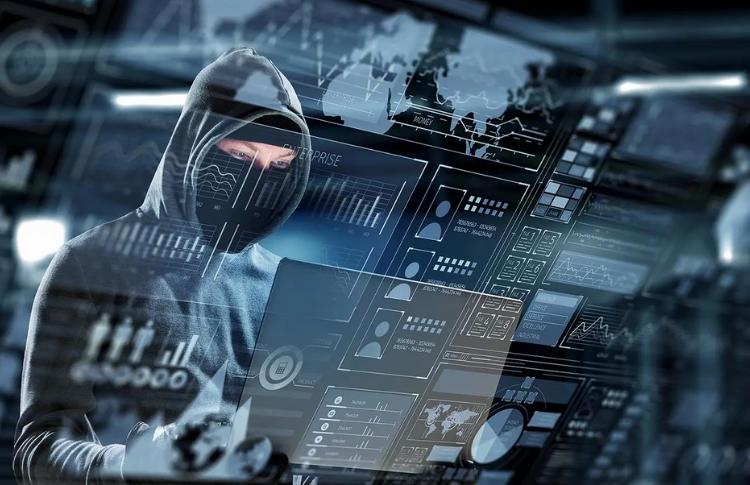Social media’s exponential growth over the past few years has created the ideal space for cybercriminals to engage in cybercrime. On every social media platform, there are thousands of hackers at any one time, looking for accounts and people to take advantage of. When it comes to social media cybercriminals, they work in a unique way compared to how traditional cybercriminals work.
A key example of how cybercriminals can utilize social media platforms is the case of Robin Williams’ death. When the actor passed away, a fake account managed by cyber criminals created a video that went viral, and along with the video, the account encouraged users to share the video, which then meant that a hacking file would download automatically onto their computers.
Another example of how cybercriminals interact on social media is by setting up, illegally growing, and selling accounts. For instance, one common scheme is a lottery scheme where an account is set up and promises to share the winnings of a high lottery amount with anyone who follows their account. Then, once the account reaches a high enough following, it is sold.
Social media cybercrime is sly. It’s often hidden in plain sight, which makes it even harder to understand and source in many instances. Bearing that in mind, below, we have outlined some of the more common cybercrimes that occur on social media platforms, to help you to better mitigate them.
Jump Ahead To:
Surveillance
Surveillance isn’t just something that the police do in old movies; it’s something that happens every single day on social media. Cybercriminals spend their time on social media looking for vulnerable people who they can prey on – people who they can steal information from. This is called social media phishing, and it can have a wide number of long-term impacts, particularly for businesses. The good news is that when it comes to social media and cybersecurity, there are plenty of companies offering professional help and support to reduce your risk – or your business’s risk – of falling foul to cybercriminals while on social media.
Malware attacks
Whenever you click on links that you don’t recognize or you open attachments sent to you from people who you don’t know, you are potentially opening yourself – and your social media channels – up to a malware attack. Malware is software that has malicious intent and is designed to take over your computer system and networks. How it works is that a virus is downloaded onto your computer or tablet, and infects it. To prevent malware attacks being cautious about what you click on and what you open is crucial.
You might think that you’re safe from cybercriminals on social media, but the fact is that isn’t the case. Cybercrime is extremely prevalent on social media, and the issue is that many people fail to realize that, putting themselves – and their businesses – at risk from these criminals.

